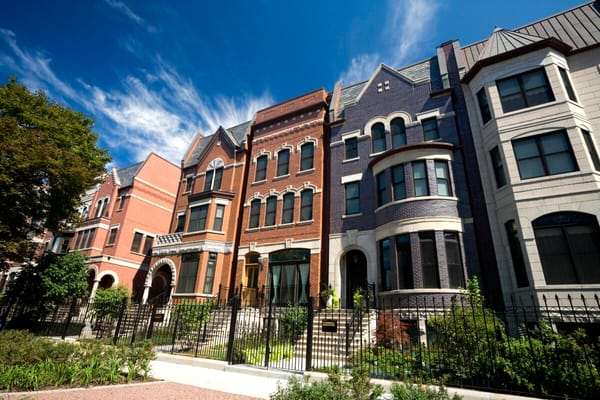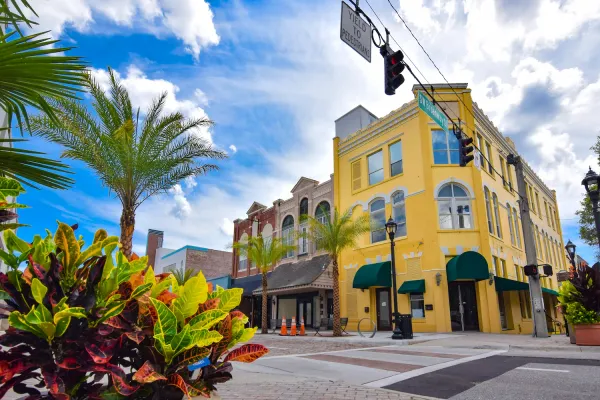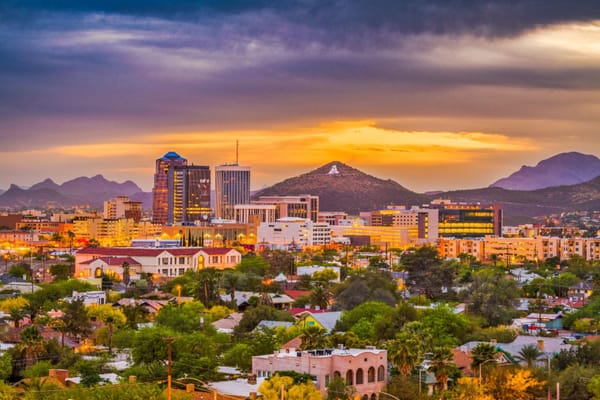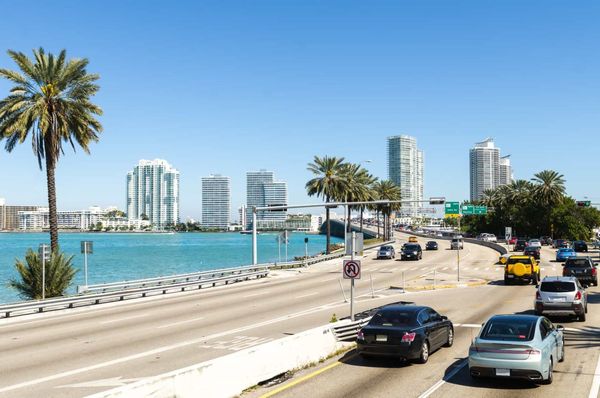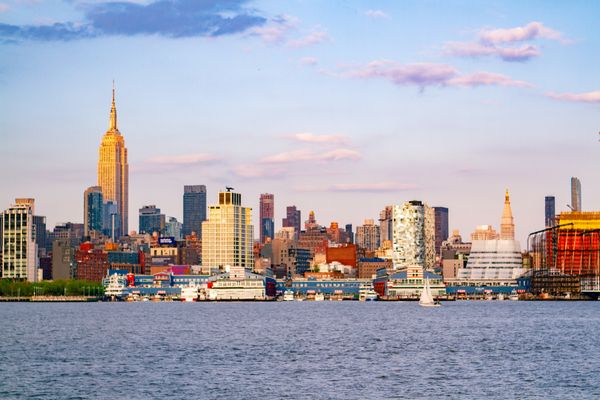For travelers, families, and businesses, understanding the safety profile of a city is paramount. Whether relocating or planning a trip, many consider crime rates as one of the top determinants of a city's desirability.
This article shines a spotlight on some of the most dangerous cities in the U.S., offering an insight into their challenges and the context behind the statistics.
Understanding Crime Statistics
Before diving into the list, it's essential to understand that crime rates are a measure of reported crimes relative to a city's population. While they provide an overview of the safety landscape, these statistics can be influenced by various factors, such as reporting practices and socio-economic conditions. Hence, interpreting them requires a nuanced approach.
Most Dangerous Cities in the US: A Quick List
1. St. Louis, Missouri
Topping various lists, St. Louis has garnered a reputation due to its high violent crime rate. Challenges such as socio-economic disparity, drugs, and gang activity have been cited as contributors. However, it's worth noting that St. Louis has many safe neighborhoods and ongoing community initiatives aimed at reducing crime.
2. Baltimore, Maryland
Baltimore's struggle with crime, especially violent offenses like homicide, has been well-publicized. Root causes like poverty, unemployment, and systemic issues have played their part. Yet, the city boasts rich culture, history, and resilient communities working toward positive change.
3. Detroit, Michigan
Once the heart of the automotive industry, Detroit faced economic hardships that led to a rise in crime. Though it has experienced a renaissance in recent years with bustling arts, dining, and music scenes, it still grapples with pockets of high crime rates.
4. Memphis, Tennessee
Challenges in Memphis include property crimes like burglary and car theft, alongside violent crimes. Community initiatives and police reforms are underway to tackle these issues, emphasizing the city's dedication to providing safety to its residents.
5. Albuquerque, New Mexico
While not always making the top of the lists, Albuquerque has seen its share of challenges, especially with property crimes. The city's leadership and community organizations are aware and actively pushing measures to enhance public safety.
6. Oakland, California
While Oakland has experienced issues with violence in the past, the city is undergoing a transformation. With a rich arts scene, it's attracting more businesses and tourism. Community policing, youth outreach programs, and economic initiatives are making strides in improving safety.
7. Cleveland, Ohio
Historically, parts of Cleveland have witnessed crime rates higher than the national average. But with urban revitalization projects, investment in education, and community-led programs, there's a concerted effort to change this narrative.
8. New Orleans, Louisiana
Famed for its music, culture, and Mardi Gras, New Orleans has had its challenges post-Hurricane Katrina. Economic disparities and a struggling educational system contributed to its crime rates. However, investments in infrastructure, tourism, and community partnerships are driving positive change.
The Underlying Causes
Many of these cities face shared issues that contribute to high crime rates:
Economic Struggles
A city's economic health often directly correlates with its crime rate. Unemployment, lack of access to education, and limited resources can lead to increased criminal activity.
Drug Epidemic
The U.S. opioid crisis and drug-related offenses have particularly hit some cities hard. Drugs can lead to both violent and non-violent crimes, exacerbating the challenges.
Societal and Systemic Factors
Discrimination, lack of access to quality education, housing issues, and racial tensions can fuel crime. Addressing these deep-rooted problems requires systemic changes.
Safety Precautions and Context
For those concerned about visiting or relocating to these cities, it's crucial to:
Stay Informed
Get to know the specific neighborhoods or areas with high crime rates and exercise caution when needed.
Engage with Locals
Often, residents can provide the best insights into safe areas and times to visit.
Stay Vigilant
As with any city, be aware of your surroundings, avoid displaying valuables, and travel in groups, especially during nighttime.
It's also important to remember that every city has both safe and dangerous areas. Painting an entire city with a broad brush based on crime rates can overlook the rich culture, history, and beauty they offer. Many communities within these cities are making concerted efforts to foster change and bring about a brighter, safer future.
Emerging Trends and Efforts Towards Safety
As we delve deeper into the intricacies of city safety, it's essential to highlight that several cities, despite their challenges, are adopting innovative measures to curb crime and uplift their communities.
Across these cities, several common initiatives are emerging:
Community Policing
Building trust between the police and community is vital. Many cities are training their officers to engage constructively with residents, fostering rapport and understanding.
Youth Programs
Investing in the youth ensures a brighter future. Sports, arts, and educational outreach programs are keeping youngsters engaged and away from negative influences.
Economic Revitalization
Job creation, urban development, and support for local businesses can significantly impact a city's crime rate. Several of the mentioned cities are actively focusing on these areas to bring about lasting change.
The Bigger Picture
While statistics play a role in shaping perceptions, it's crucial to dive beneath the surface. A city might have pockets of high crime but can also be home to vibrant communities, cultural landmarks, and promising growth. It's all about perspective.
For travelers and potential residents, doing thorough research, connecting with locals, and understanding the broader context can offer a more balanced view. After all, every city has its stories, struggles, and successes.
Conclusion
In recent years, crime data has shown a noticeable trend in both big cities and metro areas. While cities like Kansas City and Little Rock have been spotlighted for rising crime, especially in categories like motor vehicle theft and aggravated assault, it's essential to approach the term "most dangerous city" with a balanced perspective. Property crime rates, for instance, might be elevated in one city, while another could have a very high crime rate in armed robbery or metro areas murder.
It's also worth noting that not every dangerous city is a sprawling metropolis. Some smaller locales might have proportional crime rates that rival or even exceed those of their bigger counterparts. Aggravated assault and armed robbery figures, when looked at in proportion to population, might put a smaller city on the radar as a contender for the title of "most dangerous city."
While labels like "most dangerous city" can be alarming, it's vital to delve deeper into the specific crime data and understand the nuances. Cities like Kansas City or Little Rock, despite challenges, are home to vibrant communities working tirelessly to curb these issues. Whether it's property crime rates or more severe offenses like motor vehicle theft and aggravated assault, proactive measures are continually being taken to ensure safety and growth.


